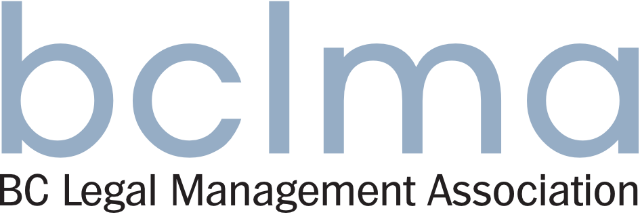Recently, I was speaking with a colleague who provides contract technology training services to law firms.
This woman told me about a year-long experience that she recently had with a firm and it was so universally applicable that we agreed to share it as a case study.
Here are the facts in a nutshell:
The challenge: Ongoing technology training efforts were delivering minimal results due to lack of buy-in throughout the firm and due to a lack of individualized training abilities.
The solution: Create a complete culture shift from the top down, including customized training opportunities for individual staff and attorneys.
The results:
- Calls to the help desk decreased by 75%
- Staff and attorneys went from 30% technology proficiency to 60% and even 90% proficiency
Allow me to tell you the full story…
My colleague, we’ll call her Leigh, was working for a mid-size law firm, which we will call The Firm. She had been delivering technology training for several years and was growing frustrated because she was teaching the same things over and over with very little to show in the way of improvements.
The Firm was approaching technology training from a one-size-fits-all perspective, delivering content to all staff and attorneys with a broad brush stroke. For example, people with advanced skills had to sit through remedial content just to say that they had attended a training session, which was required.
Further, Leigh faced significant push-back from attorneys who felt that they were too busy for trainings and, therefore, so were their staff. They didn’t support their staff members’ efforts to complete trainings, contributing further to a culture of apathy and resentment.
Leigh knew how to fix the problem but the efforts required a complete culture shift, starting with The Firm’s chief operating officer.
How To Create a Learning Culture at a Law Firm
First, Leigh approached the COO with her plan, which included the following:
- Form a technology committee: This committee would include representatives from across The Firm to help design and launch a new training initiative.
- Administer individualized assessments: Leigh believed that the key to removing apathy was to tailor instruction to each person’s skill level. To do this, she needed to assess them individually first.
- Increase attorney participation: The committee and assessments would be used to encourage attorney participation, helping them to understand the impact that improved technology efficiency would have on their workflow and output.
- Create customized training: Using the assessments, Leigh would spend several months creating customized content for more tailored training (sessions). Often, people could complete their trainings while sitting at their own desk rather than having to attend a class, also improving efficiency of the training efforts.
- Award certifications: People who had achieved various levels of technology proficiency would receive certifications for their accomplishments. (These certifications could ultimately be used by the marketing department to tout the firm’s technological advantages.)
Upon hearing Leigh’s plan, the COO jumped on board and the efforts began in earnest. This was a critical piece of Leigh’s plan: she needed The Firm’s management team on board from the beginning or her efforts were doomed.
Simultaneously, unbeknownst to Leigh, the Human Resources department was planning layoffs. In retrospect, Leigh learned that The Firm was moving toward a leaner operating model, as many firms are doing today. With a lower paralegal-to-attorney ratio, The Firm would be trimming costs. However, this would also mean that the remaining paralegals and attorneys alike would need to be more efficient.
While HR’s plans came as a surprise to Leigh, who was busy planning to train some of the very people who would be leaving, the changes also fortified the need for improved training throughout The Firm.
The Results
After nearly a year of planning, Leigh and the COO were ready to launch the new training program. They started with a party, which was held at The Firm and was rather poorly attended. (Looking back, Leigh wishes that she had asked the COO to commit more resources to the program launch, perhaps taking everyone off-site for a bowling party or other fun event so that the importance of the new training program could stand in startling contrast to the “old ways.”)
Yet, the program was very quickly successful and has resulted in a complete culture shift at the firm. People are more engaged because:
- Trainings are customized so no one’s time is wasted
- Courses are often delivered right to a person’s desk rather than in a classroom
- Certificates prove that a person takes efficiency seriously
- Attorneys can utilize their technology capabilities in their efforts to recruit new clients
On a more tangible level:
- Calls to the help desk decreased by 75%
- Staff and attorneys went from 30% technology proficiency to 60% and even 90% proficiency
Conclusion
Leigh’s efforts show the value that a good technology trainer can bring to an organization. They also prove that creating a culture shift requires critical thinking and an honest conversation about what’s not working. Success also requires planning and time.
Kudos to Leigh and to The Firm for taking big steps toward a new culture of technology efficiency!
By Doug Striker, CEO, Savvy Training & Consulting
Contact: [email protected] or 303-800-5408. ST Blog: http://www.savvytraining.com/blog
